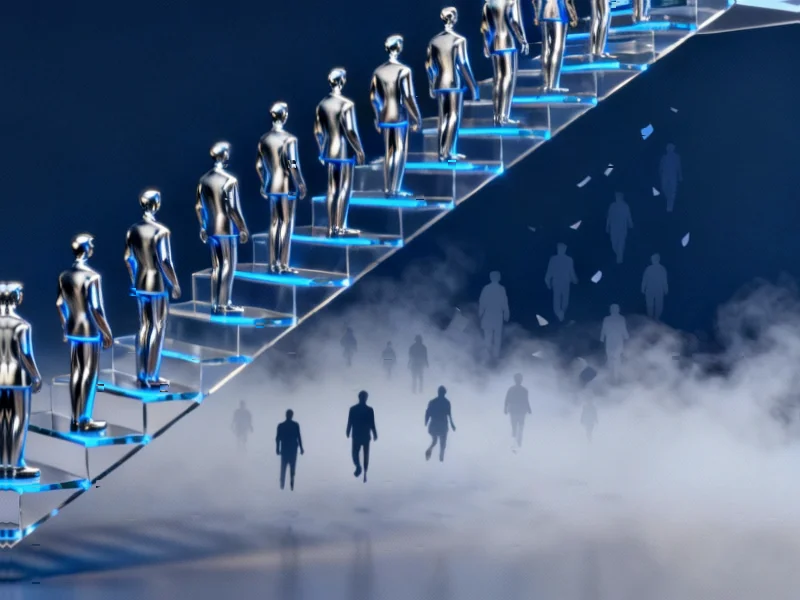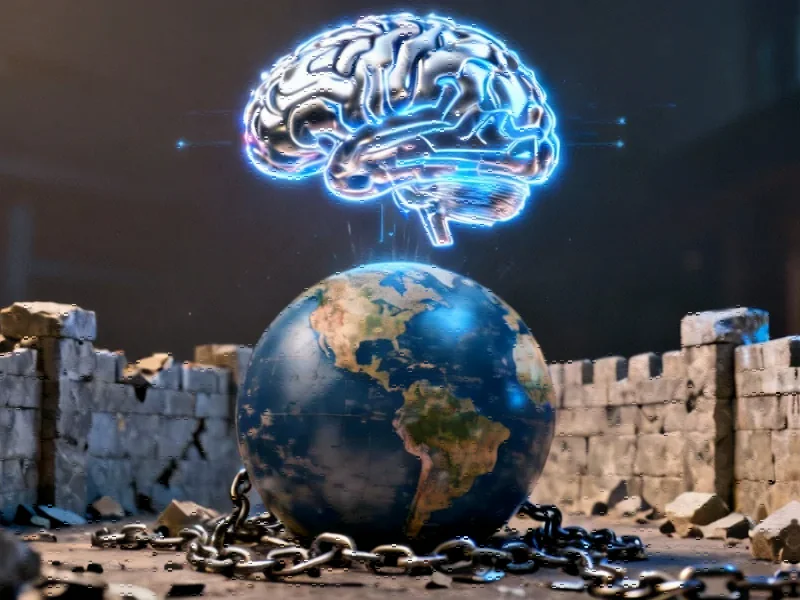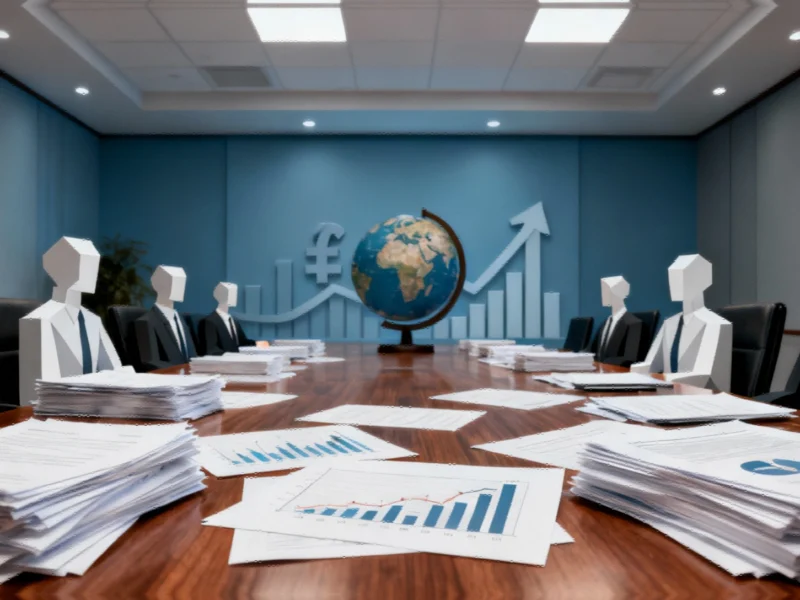Major Workforce and Economic Impacts Projected
Recent analysis from the National Foundation for American Policy suggests the Trump administration’s immigration policies could substantially reduce America’s workforce and slow economic growth over the coming decade, according to the study released Friday. The research indicates these policies would decrease the projected number of workers by 6.8 million by 2028 and 15.7 million by 2035, with net labor force reductions estimated at 4 million and 11 million workers respectively for those years.
Table of Contents
- Major Workforce and Economic Impacts Projected
- Immigration’s Critical Role in Labor Force
- Policy Components Analyzed
- Current Labor Market Effects
- Economic Growth Projections
- Sector-Specific Impacts
- Broader Economic Contributions at Stake
- Administration Perspective
- Long-Term Talent Pipeline Concerns
- Expert Analysis on Labor Economics
Immigration’s Critical Role in Labor Force
The report emphasizes that immigrants have become essential to American labor force growth as the U.S.-born population ages and expands more slowly. Sources indicate immigrant workers accounted for 84.7% of labor force growth between 2019 and 2024, highlighting their significant contribution to the economy. Analysts suggest this dependency makes immigration policy changes particularly impactful on workforce dynamics.
Policy Components Analyzed
The study examined multiple Trump administration immigration measures affecting work eligibility, including reduced refugee admissions, travel bans covering 19 countries, termination of Temporary Protected Status, and restrictions on international students working through Optional Practical Training programs. The analysis reportedly did not incorporate a newer policy requiring $100,000 one-time fees for new H-1B visas, which could further exacerbate workforce reductions.
Current Labor Market Effects
Evidence suggests the immigration crackdown is already affecting labor markets. The Bureau of Labor Statistics household survey shows a decline of 1.1 million foreign-born workers from January through August of this administration, according to the report. Meanwhile, labor force participation among U.S.-born workers aged 16 and older has slightly decreased to 61.6% in August from 61.7% last year, indicating native workers aren’t replacing departing immigrants at scale.
Economic Growth Projections
The NFAP study projects Trump’s immigration policies will lower the average annual economic growth rate to 1.3% from 1.8% between fiscal year 2025 and fiscal year 2035—representing nearly a one-third reduction in growth pace. Previous reports from the Congressional Budget Office have similarly warned that removing hundreds of thousands of immigrants could create labor shortages and drive inflation upward.
Sector-Specific Impacts
Multiple industries face significant workforce challenges under these policies, analysts suggest. The agriculture sector has already acknowledged risks of “labor shortage exacerbated by the near total cessation of the inflow of illegal aliens,” according to a Labor Department filing. Technology companies including Amazon, Microsoft and Meta reportedly face disruptions from H-1B visa changes, while information, education, and health services sectors could lose hundreds of thousands of immigrant workers.
Broader Economic Contributions at Stake
Research from the American Immigration Council indicates individuals affected by travel bans from 19 countries represent substantial economic contributions. Households led by recent arrivals from these nations earned $3.2 billion in household income, paid $715.6 million in taxes, and held $2.5 billion in spending power, according to their analysis. These nationals reportedly work in industries facing labor shortages like hospitality, construction, retail trade and manufacturing.
Administration Perspective
The White House maintains there’s ample domestic workforce potential, with spokeswoman Abigail Jackson telling Fortune that “over one in ten young adults in America are neither employed, in higher education, nor pursuing some sort of vocational training.” The administration asserts there’s “no shortage of American minds and hands to grow our labor force” and that President Trump’s agenda focuses on creating jobs for American workers while enforcing immigration laws.
Long-Term Talent Pipeline Concerns
Nan Wu, research director at AIC, suggested the NFAP study might not fully capture the broader impact of immigration enforcement efforts. “Given the unprecedented scale of these actions, it’s difficult to quantify the chilling effect they may have on immigrants who might otherwise choose to move to or remain in the United States,” Wu told Fortune. International students—critical sources of high-skilled talent—may increasingly pursue opportunities elsewhere, potentially disrupting STEM expertise and innovation pipelines.
Expert Analysis on Labor Economics
NFAP labor economist Mark Regets challenged assumptions that reduced immigration benefits U.S. workers. “Immigrants both create demand for the goods and services produced by U.S.-born workers and work alongside them in ways that increase productivity for both groups,” Regets stated in the report. He noted that opportunities for U.S.-born workers are falling alongside immigrant labor force reductions, contradicting theories that native workers would benefit from immigration restrictions.
Related Articles You May Find Interesting
- Sanae Takaichi Breaks Japan’s Political Glass Ceiling: A New Era for Women and E
- Nxgsat Secures €1.2M to Pioneer Virtual 5G Satellite Modem Technology
- Greater Manchester Police Deploy Live Facial Recognition Vans to Combat Retail C
- UK Public Sector Borrowing Hits Five-Year September High Amid Rising Debt Costs
- Ukraine’s Military Modernization Gains Momentum with Bell Helicopter Partnership
References & Further Reading
This article draws from multiple authoritative sources. For more information, please consult:
- https://nfap.com/research/new-nfap-policy-brief-the-economic-impact-of-the-trump-administrations-immigration-policies/
- https://www.whitehouse.gov/presidential-actions/2025/01/realigning-the-united-states-refugee-admissions-program/
- https://www.americanimmigrationcouncil.org/report/trump-2025-travel-ban/
- https://www.federalregister.gov/documents/2025/10/02/2025-19365/adverse-effect-wage-rate-methodology-for-the-temporary-employment-of-h-2a-nonimmigrants-in-non-range#p-240
- https://brookslawfirm.com/blog/study-industries-will-be-impacted-by-latest-immigration-laws/
- http://en.wikipedia.org/wiki/Workforce
- http://en.wikipedia.org/wiki/Immigration
- http://en.wikipedia.org/wiki/Donald_Trump
- http://en.wikipedia.org/wiki/United_States
- http://en.wikipedia.org/wiki/Illegal_immigration
This article aggregates information from publicly available sources. All trademarks and copyrights belong to their respective owners.
Note: Featured image is for illustrative purposes only and does not represent any specific product, service, or entity mentioned in this article.



